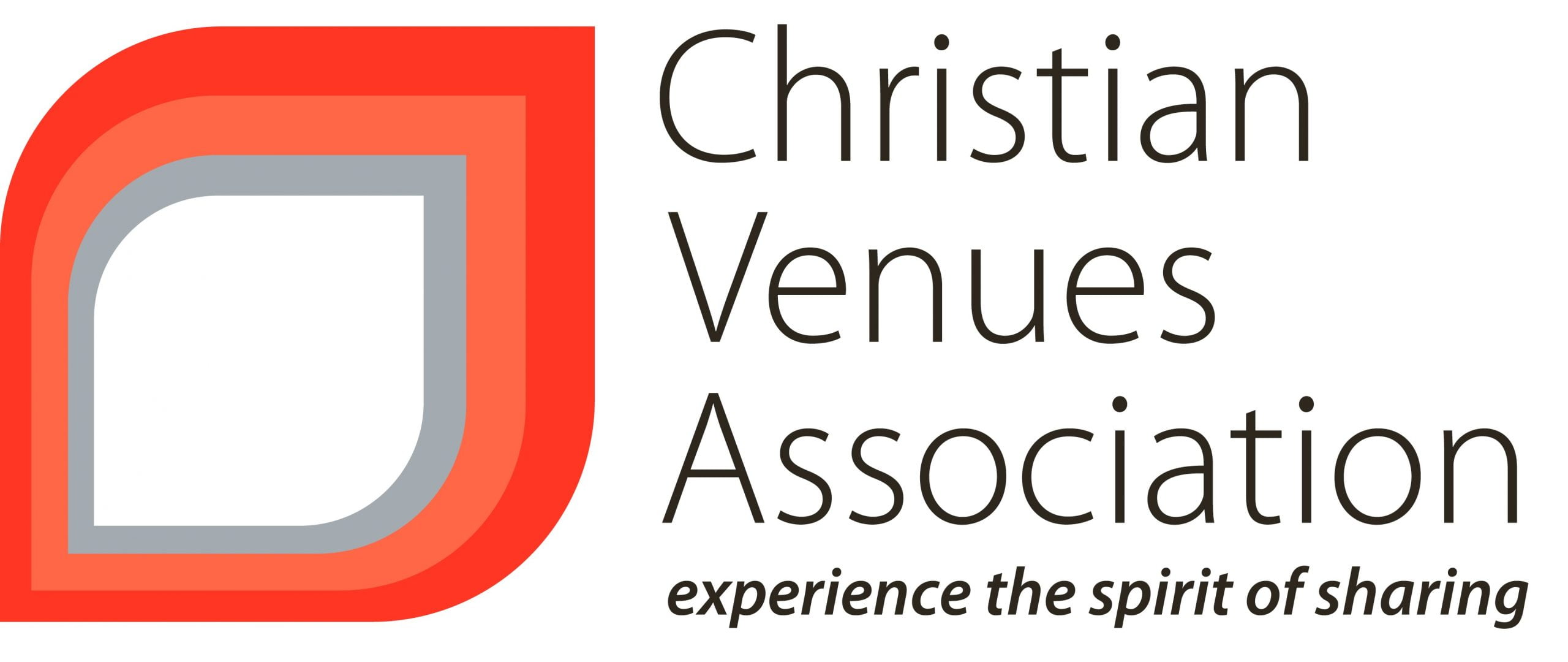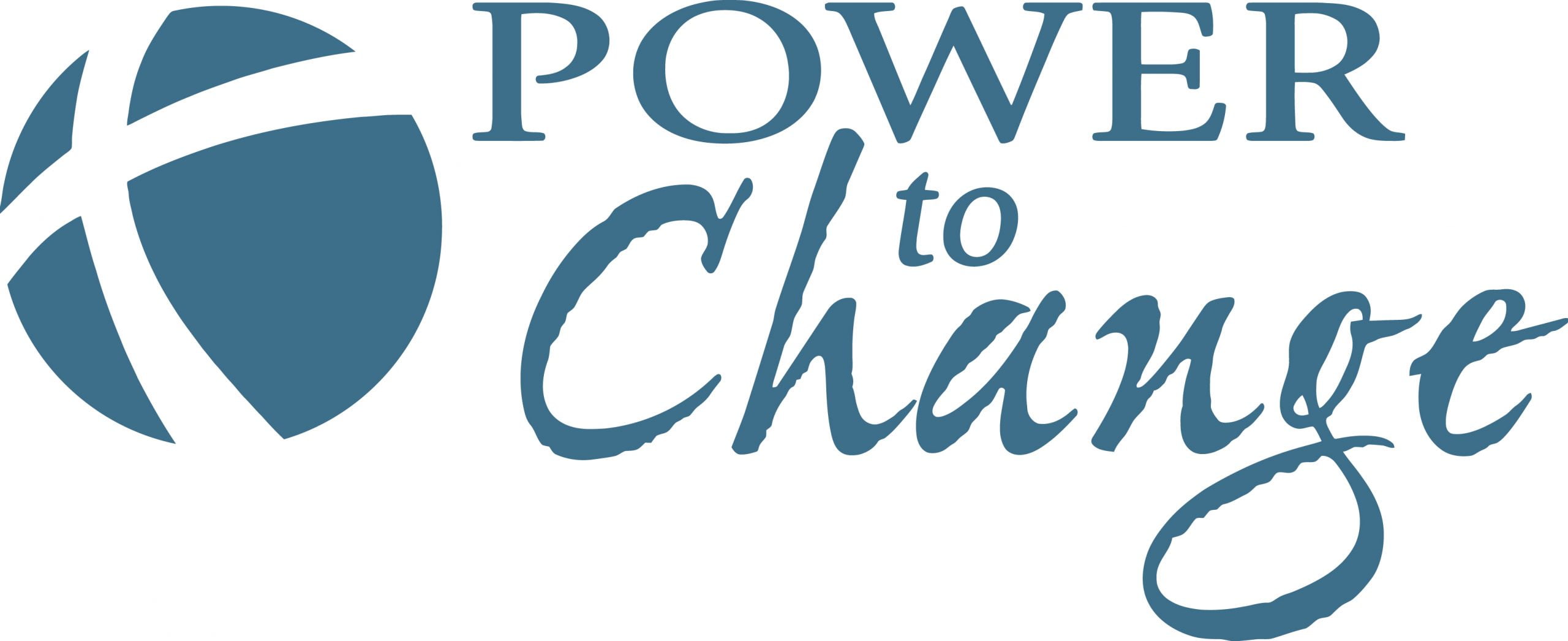Reporting concerns about children, in line with Australian legislation and to meet your obligations, can be complex.
Depending on where you are in Australia, there are up to four types of reporting that may be required.
Remember that Reporting is only one part of our response when we have concerns. Your church or organisation will also have pastoral and risk management considerations to implement, as well as reporting responsibilities.
Click on the 4 sections of infographic to learn more about reporting
in your jurisdiction.
4 Types of Reporting
POLICE
Reporting knowledge of criminal activity is an important part of acting justly. In each state/territory there are different requirements for reporting. The focus of reporting to the police is on justice, i.e. crime and punishment. The Crimes Act, or equivalent, in each state or territory provides the basis upon which police have powers to prosecute those who have perpetrated crimes.
If you are unsure of required police reporting concerning child protection in your state or territory, contact your organisation’s Safe Ministry or Safe Church Contact Person.
In all states and territories, you can contact the police via:
Specific examples of child protection reporting to the police are in the state/territory specific links below current at 31 March 2020.
National Legislation
Relevant Australian government agencies, legislation and state government websites, 29 June 2023.
⮚ The list is not exhaustive, but rather highlights the main legislation by state and territory.
⮚ As these laws are amended regularly, the current official version of legislation should be checked. https://legify.com.au
⮚ For child protection legislation see the Commonwealth Government’s Australian Institute of Family Studies. https://aifs.gov.au/cfca/publications/australian-child-protection-legislation
In general, venues need to be aware of, and comply with:
• Duty of Care (civil litigation claims of negligence, WHS & ACNC governance standards)
• Response to Complaints processes that uphold principles of natural justice (also known as procedural fairness)
More specifically venues need to be aware of, and comply with:
• Criminal Codes (including state-based crimes of failure to report and failure to protect in jurisdictions where these criminal offences apply – see state and territory lists
• Work Health & Safety and/or other occupational safety legislation
• Civil Law (Wrongs) Acts or equivalent
• Child Safe Legislation (June 2023 – NSW 10 Child Safe Standards and Victoria 11 Child Safe Standards)
• Child Protection Legislation (including Care and Protection laws, Working with Children Check laws, Reportable Conduct Schemes)
• Australian Standards (e.g. building)
• Australian Charities and Not For Profits Commission
• Copyright and music playing licences such as APRA, CCLI, CAL licences
• Local government food preparation and storage guidelines
New South Wales
In the NSW Crimes Act 1900 (click here then scroll the left hand column on the website site for the appropriate sections) there is both a general concealment offence, Concealment of Serious Crime, Section 316, and a specific Failure to Report Child Abuse to the Police offence, Section 316A.
The Crimes Act also includes an offence for failing to protect a child from abuse (Section 43B).
Child Protection Web Links
RISK OF HARM
Mandatory & Voluntary Reporting
“Australian – Federal, State and Territory Governments are responsible for receiving reports of suspected child abuse and neglect from members of the public. Reporting child abuse and neglect is a community-wide responsibility.
Anyone who suspects, on reasonable grounds, that a child or young person is at risk of being abused and/or neglected should report it to the reporting authority in their state or territory.
Certain groups of people are required by law to report any suspicion of abuse or neglect of a child or young person to government authorities. Further information and guidelines regarding mandatory reporting can be found in the CFCA Resource Sheet: Mandatory Reporting of Child Abuse and Neglect.” (Source:aifs.gov.au/cfca/publications/cfca-resource-sheet/reporting-child-abuse-and-neglect).
Remember that the focus of Risk of Harm (or ‘Risk of Significant Harm’ in NSW) reporting is child safety, so whether you are mandated by law or not, you can report to the relevant state/territory government Child Protection agency or department. A good resource for reporting requirements is the Australian Institute of Family Studies.
REPORTABLE CONDUCT
There are currently (July 2020) three jurisdictions in Australia that operate Reportable Conduct Schemes:
Reportable conduct includes sexual offences, sexual misconduct, neglect, ill-treatment, emotional harm, and physical assault of a child by a worker.
These are schemes whereby the government has scrutiny over the internal organisational investigation processes into allegations against those who work with children and young people. The operators of the scheme also have scrutiny over organisations’ systems to prevent, detect and respond to reportable conduct.
The focus of the scheme is to ensure thorough investigation of all complaints against those who work with children. In all three jurisdictions adverse findings of reportable conduct can impact upon a person’s Working with Children Check or, in the ACT, Working with Vulnerable Persons Check.
There are strict reporting requirements for the organisation before, during and at the completion of the investigation process.
For more information click on these links
ORGANISATIONAL REPORTING
Reporting Child Protection and other Safe Ministry concerns to your organisation (denomination/movement) is essential for assistance with implementation of internal organisational policy and procedures, and also for assistance with pastoral and risk management action planning.
Organisational response to complaints processes need to take into account a ‘child focused’ approach.
To report to your denomination/organisation or movement click on their logo.

Disclaimer: These publications are not legal advice. The ideas and procedures herein are based on nationally recognised good practice advice and have been written with due regard to Australian legislation March 2020. Legal advice may need to be sought when responding to individual incidents.































